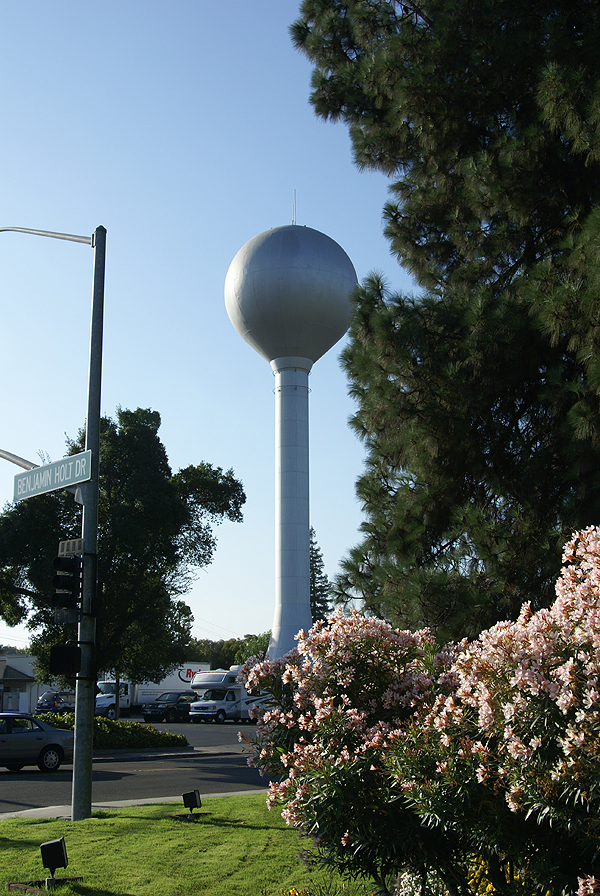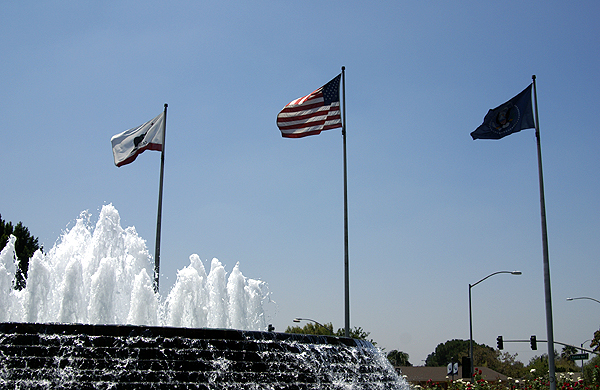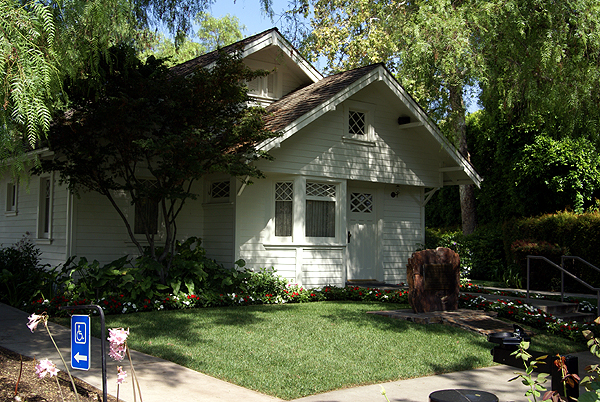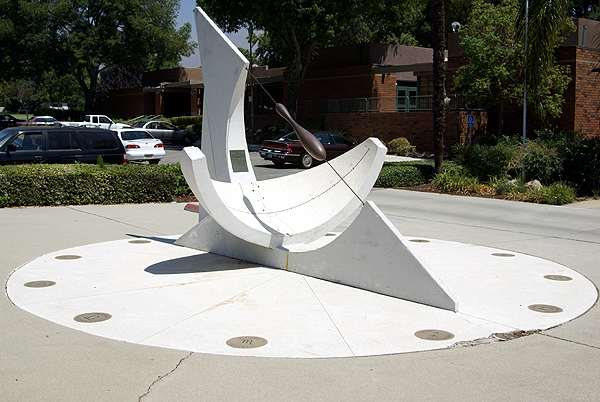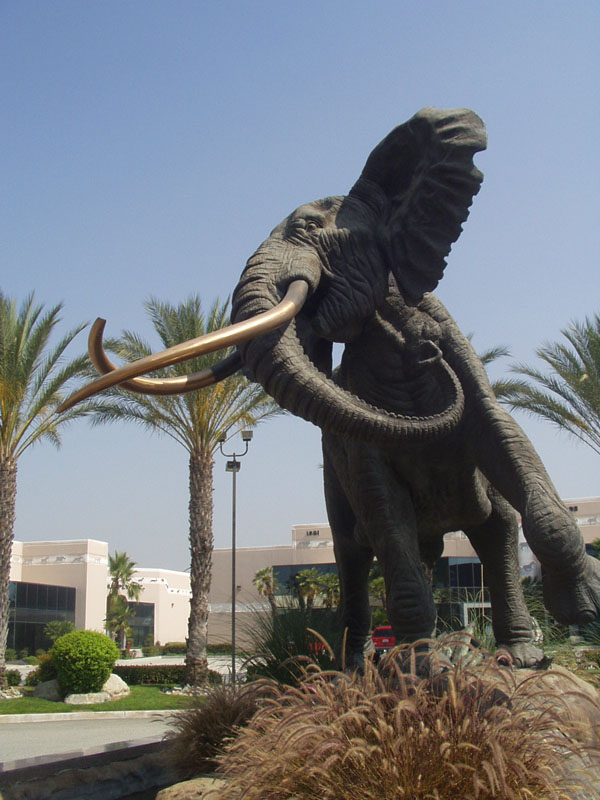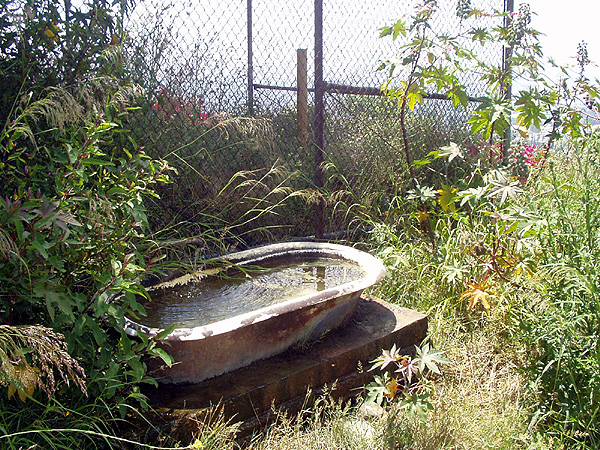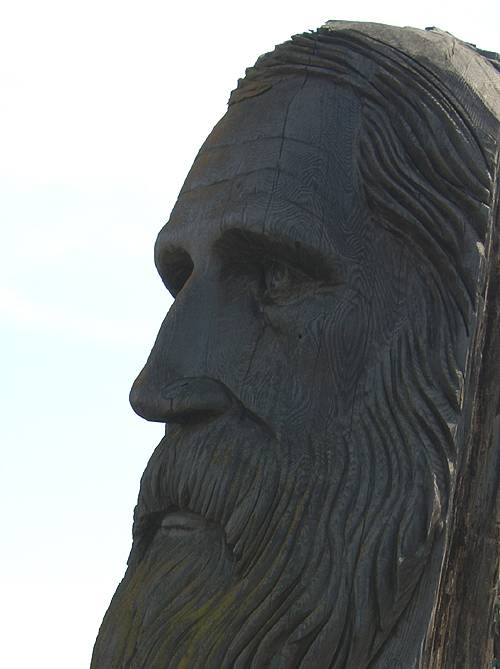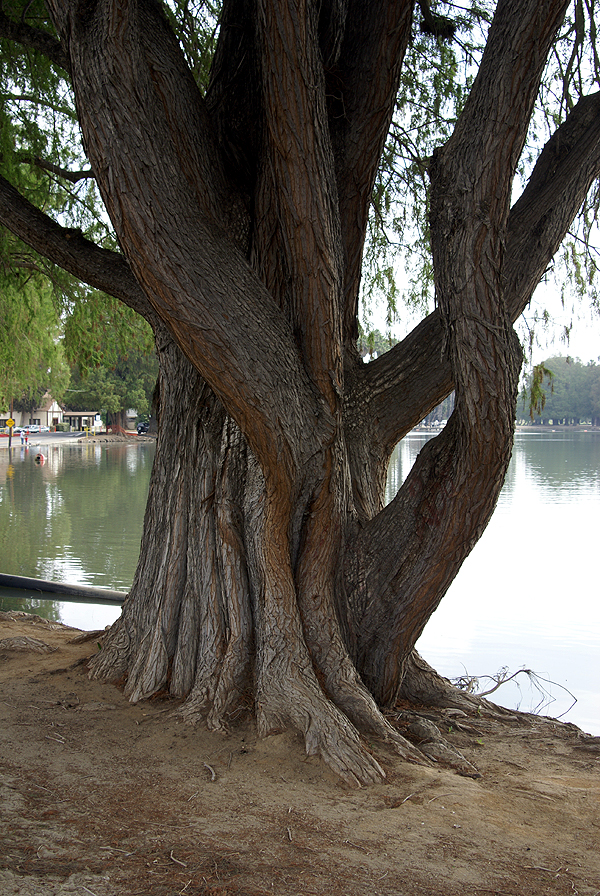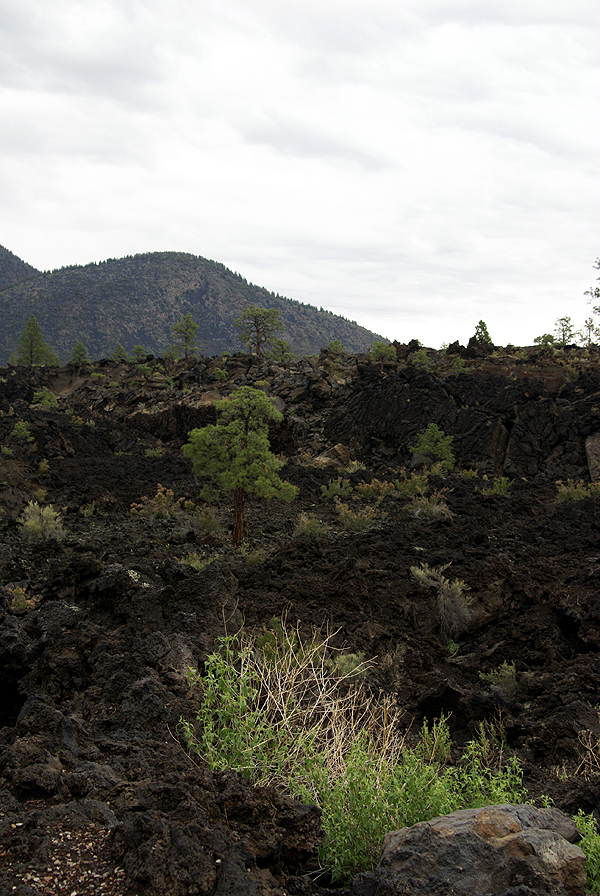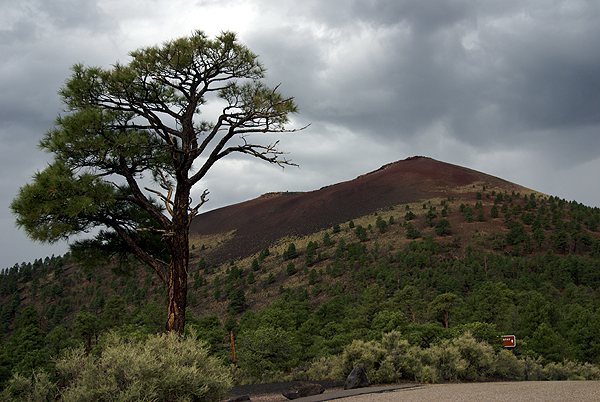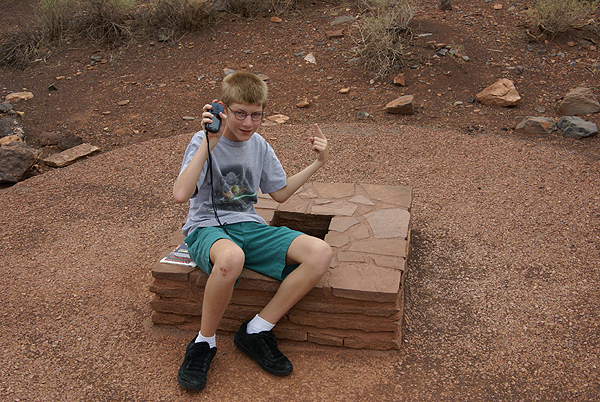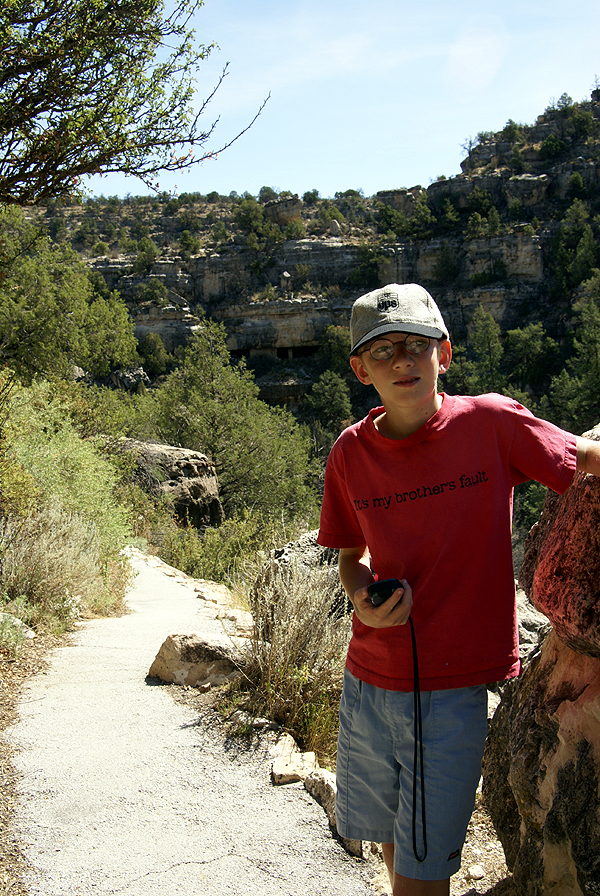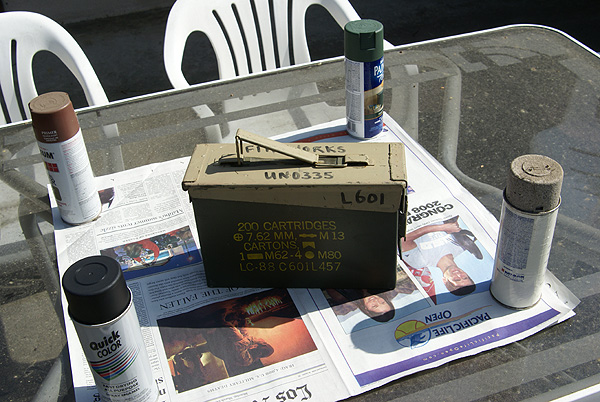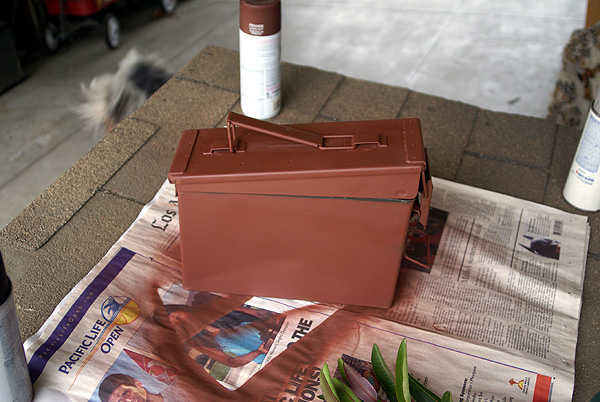Most of my articles seem to be inspired by the pictures in my gallery, and this one is no exception. Earlier, I posted about animals that I’ve encountered while hiking and caching. I guess it’s about time I wrote about the plant side of hiking as well. Animals get more notice, because outside of the bu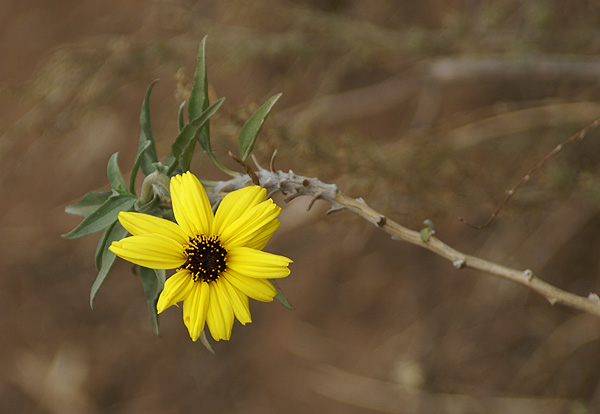 g world, they’re not nearly as plentiful as the plant world, and yet the beauty of the plant world is amazing when you stop and take a look.
g world, they’re not nearly as plentiful as the plant world, and yet the beauty of the plant world is amazing when you stop and take a look.
Many times a hike becomes more than a hike, just by that little bit of accent color of a wildflower by the side of the trail. A dandelion, while viewed as a weed in our back yard, is an unexpected bonus while out on a hike. Other times, it’s the magnificence of a Giant Sequoia that you’ve encountered, either where it’s supposed to be, or more curiously, where it’s not supposed to be. Now I don’t claim to be a botanist, no do I play one on TV or anywhere else, but a little plant knowledge can usually enhance a hike and make it more enjoyable.
Even if you are not into plants, it’s usually wise to know a few of the ones that can cause problems, particularly, those nasty “leaves of three” varieties that can cause all kinds of skin problems. I cannot tell you how many times I’ve encountered poison oak while hiking and searching for caches. I can tell you how many times  I’ve broken out because of an encounter with poison oak – exactly one time and it happened in the fall after the leaves had fallen off the plant. Yep, even the stems can cause problems. For the most part though, poison oak is one of those minor annoyances that you encounter when you’re hiking that can easily be avoided once you’ve educated yourself on what it looks like.
I’ve broken out because of an encounter with poison oak – exactly one time and it happened in the fall after the leaves had fallen off the plant. Yep, even the stems can cause problems. For the most part though, poison oak is one of those minor annoyances that you encounter when you’re hiking that can easily be avoided once you’ve educated yourself on what it looks like.
I would be remiss, if I didn’t mention one other annoyance that I don’t enjoy while hiking and that is foxtails. I have a cache dedicated partially to foxtails and I’ve had friends of mine threaten to name caches after my least favorite flora. Some people in Southern California even know about my running commentary in my cache logs when I encounter foxtails while going for a cache. It’s really become something of a standard joke. “Have I ever mentioned how much I hate foxtails?” But even foxtails can sometimes hide those little wildflower gems that might go unnoticed.
But enough of that. I think those little surprises, a wildflower at the side of the trail, a plant, growing where you wouldn’t expect it to b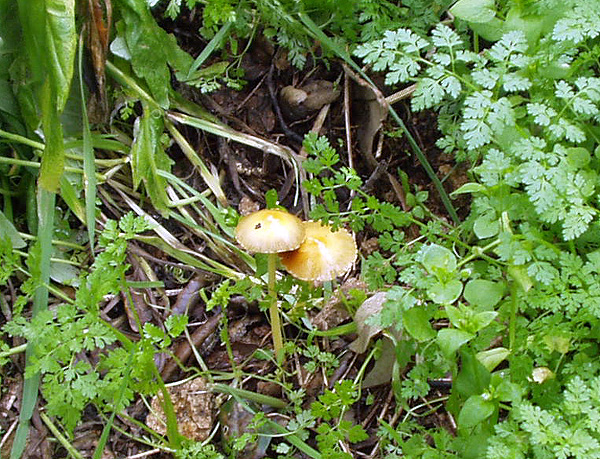 e growing, are a few of the reasons why I enjoy hiking to find caches. I view the hike as part of the experience, not just a trip from point A to point B with nothing in between to enjoy except the found cache at point B. No, rather, the slow walk through the woods will bring all sorts of enjoyment, from the tiny sprout of a pine tree just starting its life, to the dead snag that houses an azalea bush up in its crown and after it falls, will nourish other plants that will start the forest anew.
e growing, are a few of the reasons why I enjoy hiking to find caches. I view the hike as part of the experience, not just a trip from point A to point B with nothing in between to enjoy except the found cache at point B. No, rather, the slow walk through the woods will bring all sorts of enjoyment, from the tiny sprout of a pine tree just starting its life, to the dead snag that houses an azalea bush up in its crown and after it falls, will nourish other plants that will start the forest anew.
I can attest that while hearing and seeing a coast redwood fall while out on a cache hike was a sad experience, it was also an experience that I wouldn’t have wanted to miss. Since we heard it, the definitive answer whether a tree makes a sound when it falls if no one is there goes unanswered. However, a tree makes an awful racket when it’s plummeting to the ground, and after it hits, it seems the entire forest holds its collective breath for the briefest of moments, and then the natural sounds of the forest begin again.
And yet, most people, if a sked to color a forest, would probably color it a dull green color. With the different wildflowers that grow in the forest, or meadowland, it is definitely not all green. I’ve seen riots of purple and orange, with sprinkles of red and yellow many times. But mostly, the colors are subtle, announcing themselves to the pollinators saying, “Here I am, come and get it.” The subtlety of the colors makes the experience enriched, in my opinion. You have to look for them, discovering how the veins of a leaf intersect, how the colors of an iris blend together in different shades of purple. Looking at that creek bank, you see a hint of brownish orange and only upon closer inspection do you realize that you’re looking at a multitude of tiger lily blossoms.
sked to color a forest, would probably color it a dull green color. With the different wildflowers that grow in the forest, or meadowland, it is definitely not all green. I’ve seen riots of purple and orange, with sprinkles of red and yellow many times. But mostly, the colors are subtle, announcing themselves to the pollinators saying, “Here I am, come and get it.” The subtlety of the colors makes the experience enriched, in my opinion. You have to look for them, discovering how the veins of a leaf intersect, how the colors of an iris blend together in different shades of purple. Looking at that creek bank, you see a hint of brownish orange and only upon closer inspection do you realize that you’re looking at a multitude of tiger lily blossoms.
And once again, it’s because of geocaching that I have these memories. I fully admit, I wouldn’t hike along the trails in the foothills behind my house. I had no interest. I basically thought that there wouldn’t be anything of interest, instead preferring the grandeur of places like Yosemite or Yellowstone. Over the course of the last seven years, I ’ve come to appreciate the natural beauty that can be found in my own backyard. I no longer need to travel hundreds of miles to find nature at its best. I’ve also decided that I want to share these little hidden gems with others as well, by hiding caches up in the foothills near my house so that others can seek the beauty to be found here at home. And the beauty of their hike is that it will be different than mine. The seasons will change, the colors will change and then it will renew again, a little bit differently each year.
’ve come to appreciate the natural beauty that can be found in my own backyard. I no longer need to travel hundreds of miles to find nature at its best. I’ve also decided that I want to share these little hidden gems with others as well, by hiding caches up in the foothills near my house so that others can seek the beauty to be found here at home. And the beauty of their hike is that it will be different than mine. The seasons will change, the colors will change and then it will renew again, a little bit differently each year.
I believe that cachers, on a whole, are nature lovers, wanting to enjoy those unknown pockets of wonderment, to take the road less traveled and enjoy the walk as opposed to the number. It’s the local cachers who make it all happen. They know the area. They know where the trails are and what lies down that hidden path. If those local cachers continue to share their knowledge of their area with the larger caching community, through their hides, we will all be better for it.
Pictures were taken at or near the following geocaches:
Oak Trail - by Lab Rat
Hermosa Falls - by Team Chloe
CV Trail #3 - by BrianK124 & Tomahawk chop shop
Mountain's Majesty - by Mandy's Mom
Cucamonga Creek - by Team CEREO

 I didn’t know what I wanted to do with them, but decided that one of them would be my personal bug that I would take with me to every cache. I would virtually log it into each cache so I could keep track of mileage for myself when I was caching. It was also nice because it has every log that I’ve written for each and every cache that I’ve found. I’d copy and paste the log I’d write for the cache and then paste it into my retrieval log for the travel bug. I decided to call the travel bug, A Walk With Webfoot, not particularly because I walked to every cache, most I did drive to, but I wanted it to convey the message that geocaching was a walking activity, that you should get out and enjoy the outdoors.
I didn’t know what I wanted to do with them, but decided that one of them would be my personal bug that I would take with me to every cache. I would virtually log it into each cache so I could keep track of mileage for myself when I was caching. It was also nice because it has every log that I’ve written for each and every cache that I’ve found. I’d copy and paste the log I’d write for the cache and then paste it into my retrieval log for the travel bug. I decided to call the travel bug, A Walk With Webfoot, not particularly because I walked to every cache, most I did drive to, but I wanted it to convey the message that geocaching was a walking activity, that you should get out and enjoy the outdoors.  A couple of weeks passed and I’d long since forgotten about the trouble ticket when I got a response from Groundspeak.
A couple of weeks passed and I’d long since forgotten about the trouble ticket when I got a response from Groundspeak.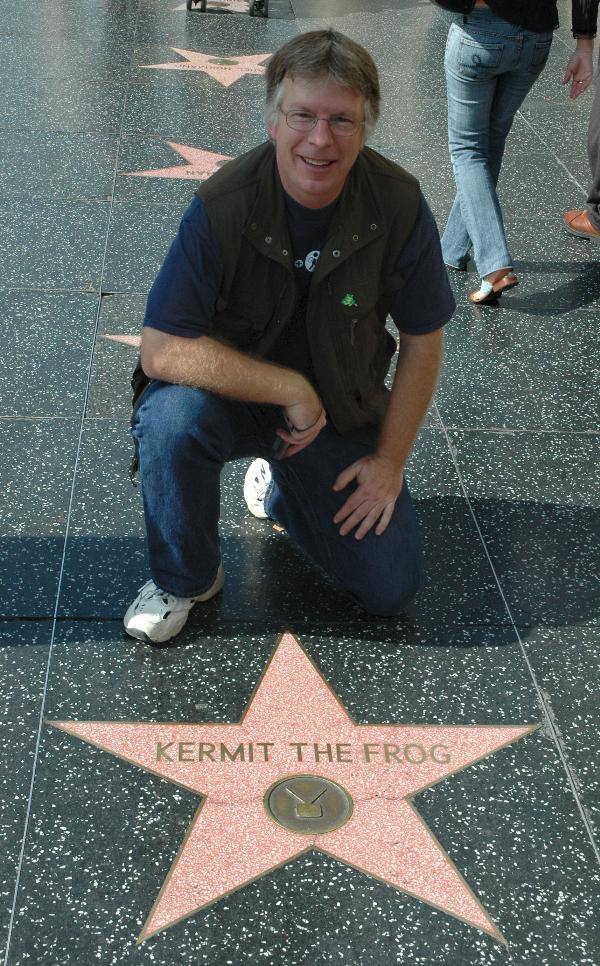 So why is a personal log page different than a regular travel bug? If a travel bug ended up in a cache and then was taken by the next cacher who then wrote a story about it and then dropped it in another cache and it happened again and again, wouldn’t that cause that particular bug’s page to load more slowly? Of course it would. So I guess the next question is, did Groundspeak not anticipate travel bugs having lots of entries, or were they just expecting travel bugs to disappear quickly?
So why is a personal log page different than a regular travel bug? If a travel bug ended up in a cache and then was taken by the next cacher who then wrote a story about it and then dropped it in another cache and it happened again and again, wouldn’t that cause that particular bug’s page to load more slowly? Of course it would. So I guess the next question is, did Groundspeak not anticipate travel bugs having lots of entries, or were they just expecting travel bugs to disappear quickly?






